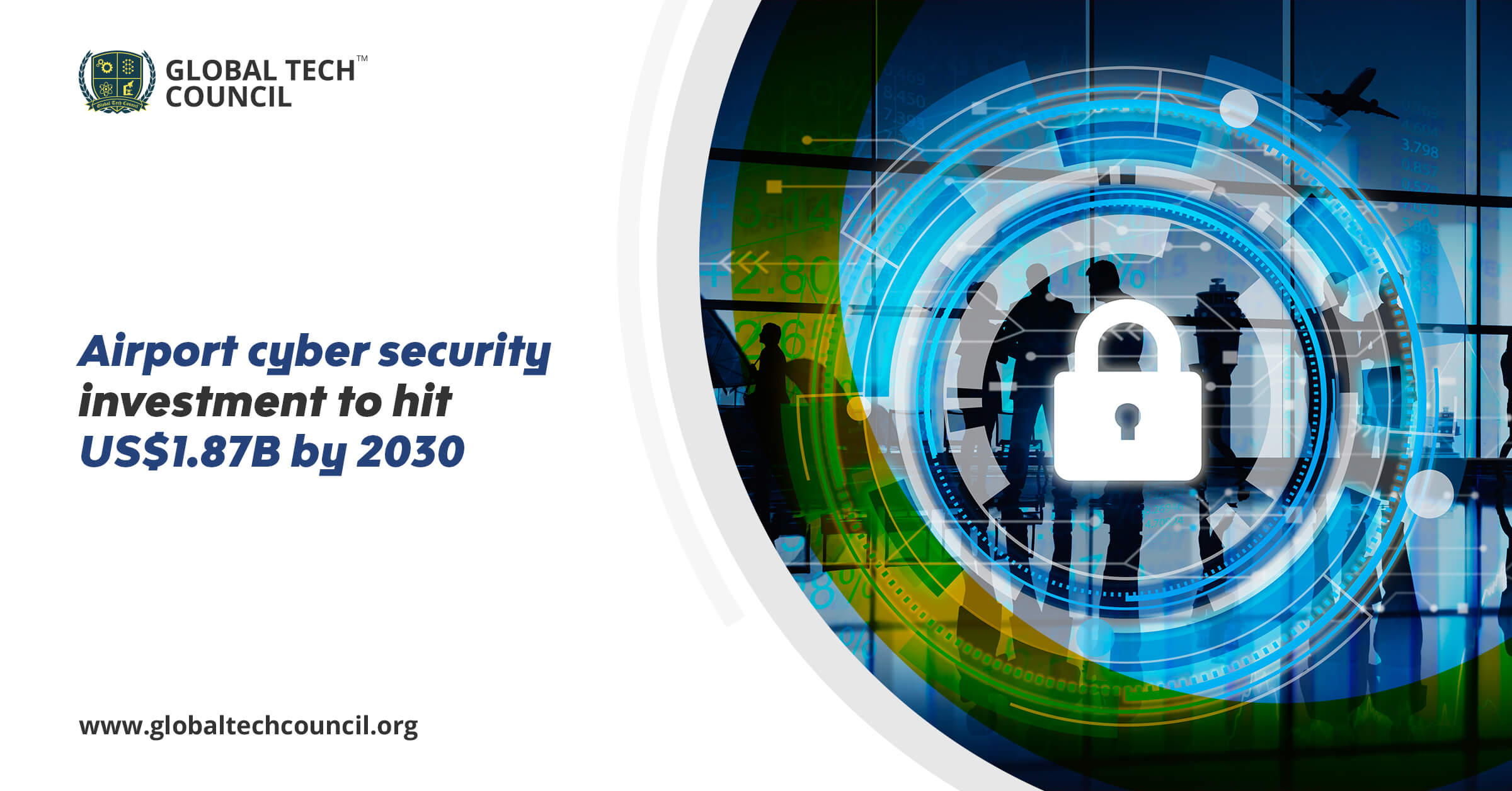
Experts say that airport security will evolve as one of the most significant infrastructures in the coming years. The airport security market is expected to cross the US 1.87 billion dollars by the year 2030.
Airport security is seen as the fastest-growing market in the world of cybersecurity.
According to Frost $ Sullivan, an analyst firm, the tremendous growth in the sector is due to the construction of new airports and the up-gradation of the new ones. They also predicted the Compound Annual Growth Rate to touch 10.1% in 10 years.
The growth in global airport security infrastructure globally is said to reach 12%. The jump in market value will reach the US $ 24.22 billion from the present US $21.68 billion.
Danielle VanZandt, industry analyst for security at Frost & Sullivan, stated the reason saying, “This is driven by the ongoing construction of new facilities, significant digitalization upgrades within existing airports and the incremental updates being made to cybersecurity systems to keep up with the changing cyber-threat landscape and improve detection capabilities.”
The talks are high over the Asia-Pacific region and the second-fastest-growing region in the cybersecurity and airport security sector. But it might be beaten by Africa. In these countries, we can expect infrastructure construction to support cybersecurity, update existing ones, and make people aware of the current risk of cybersecurity.
Market researchers also predict that Middle East countries will be the ones spending the highest amount of money on cybersecurity.
The flourishing cybersecurity sector should focus on results that will analyze as much data as possible. The firm suggests that results or developments in cybersecurity should be able to detect actions of passive and active sets to analyze the data efficiently.
To flesh out topological models, products and services must be able to identify and discover IT, the internet of things (IoT), and operational technology (OT) within any given network.
Continuous monitoring and automatic discovery tasks, and automated and predictive capabilities should all be prioritized. According to the company, the latter feature demonstrates to customers how systems will not overwhelm existing security functions.
Meanwhile, market participants looking to update older OT assets and devices should consider components that were not designed using secure-by-design manufacturing techniques.
Here are the top priority concerns for airport cybersecurity to improve and do better:
- The top priority of cybersecurity for 67 % of airports and 47 % of airlines was preventing disruptions in operations.
- Preventing customer data loss was the top priority for 18% of airlines, while the financial loss was the top priority for 6% of airports.
- One of the top three cybersecurity priorities for 58 % of airports is financial loss.
- One of the top three cybersecurity concerns for 78 % of airlines is the loss of customer information.
Conclusion
Global digitization is taking place, whether or not industries are prepared for it. Adapting existing security systems to serve specific airport environments provides a more cohesive solution and protects airports from future cyber attacks.